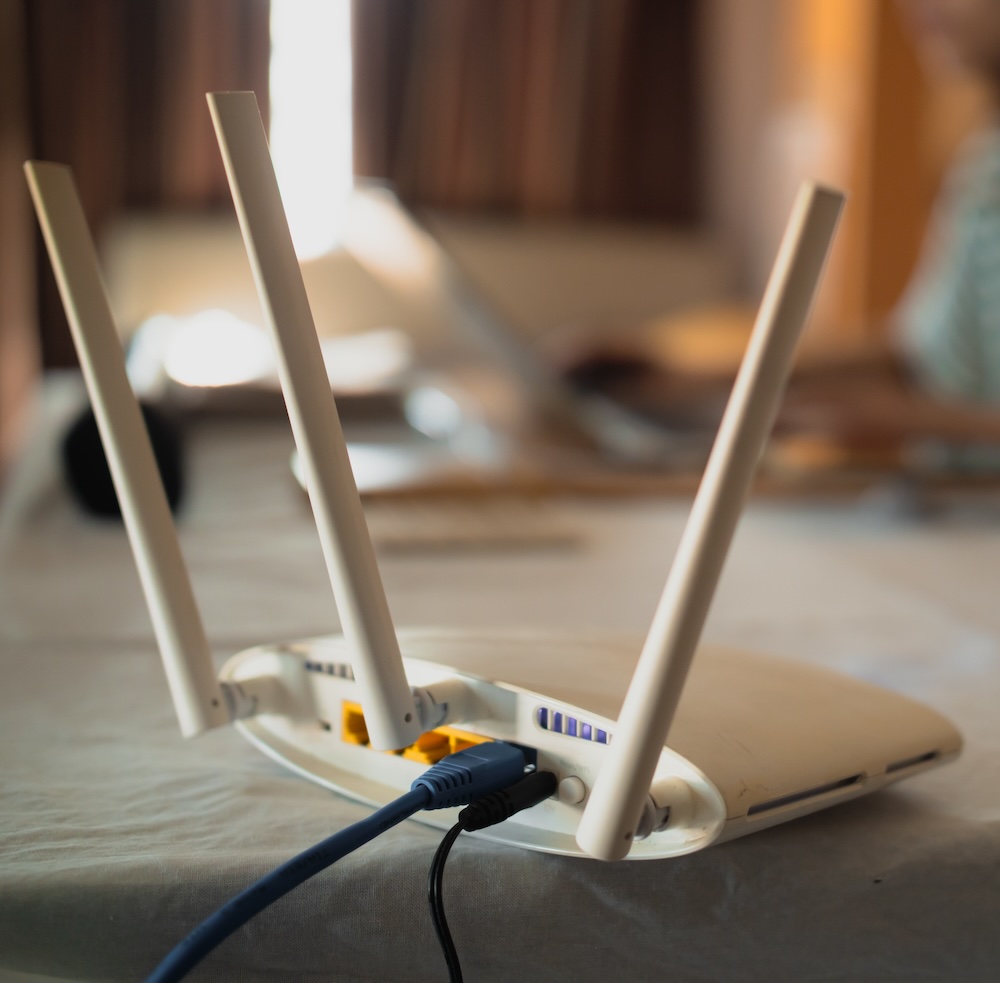Revolutionizing Remote Work: How 5G Transforms Monthly Vacation Rentals for Digital Nomads

In recent years, the world has witnessed a significant shift in work culture, with more people opting for remote work and the digital nomad lifestyle. Many companies in today’s landscape offer remote work to support this lifestyle, such as American Airlines, Adobe, Ford Motor Company, and Liberty Mutual.

This change has led to a growing demand for monthly vacation rentals, as individuals seek comfortable, connected environments to support their professional and personal needs. Enter the era of 5G – the latest advancement in wireless technology. The rollout of 5G is not just a step forward in online communications–it is set to revolutionize the experience of those staying in monthly rentals.
5G, with its unprecedented speed and connectivity, promises to transform how digital nomads and remote workers interact with their temporary living spaces. This technology is not merely an upgrade from its predecessors but a fundamental shift in what is possible in terms of internet speed and reliability. For those who rely on strong, consistent internet for work and leisure, 5G could be the key to a seamless, integrated living and working experience, no matter where they are.
Diving deeper into the world of 5G and its impact on monthly rentals leads us to explore how this technological leap reshapes the expectations and experiences of digital nomads and remote workers. From enhanced connectivity that facilitates smoother online work to the rise of smart vacation rentals equipped with the latest tech, the implications of 5G are vast and varied. So, how is the 5G revolution influencing the world of monthly vacation rentals, and what does that mean for the future of remote work and travel?
Enhanced Connectivity: A Game-Changer for Remote Work
The most immediate and significant impact of 5G on monthly rentals is the promise of lightning-fast internet speeds and more reliable connectivity. Unlike its predecessor, 4G, 5G offers drastically reduced latency and the ability to handle more devices simultaneously. This technological leap means remote workers and digital nomads can expect seamless video conferencing, rapid file uploads and downloads, and uninterrupted connectivity – a must for today's online-centric work environment.
Transforming Monthly Rentals into High-Tech Havens
Property owners are rapidly adapting to this technological shift. Many are upgrading their rentals to offer 5G connectivity, transforming these spaces into high-tech havens. This upgrade is not just about faster internet–it's about creating an environment where guests can enjoy a smooth, efficient work-from-anywhere experience. A great way to execute this experience is with vacation rental wifi services like StayFi and Silicon Travel. From smart home devices to security systems, 5G enables a level of technological integration that was previously unattainable.
With 5G, the concept of "smart" vacation rentals is becoming a reality. These rentals are equipped with IoT (Internet of Things) devices that offer enhanced convenience and comfort. Imagine adjusting the thermostat, lighting, or even the coffee maker through a smartphone app–all enabled by the robust connectivity of 5G. This level of control and customization is particularly appealing to tech-savvy travelers who value efficiency and convenience.

Expanding the Horizons of Digital Nomads & Potential Challenges
For digital nomads, 5G opens up new possibilities. Remote work no longer means being tethered to urban centers for reliable internet. With the expansion of 5G networks, remote and scenic locations become viable options for setting up a temporary home base. This expansion not only benefits the nomads but also stimulates local economies in areas previously off the digital grid.
However, the transition to 5G is not without its challenges. The availability of 5G is still growing, and there are areas, especially in rural or remote regions, where access may be limited. Additionally, the cost of upgrading infrastructure can be significant, and these costs may trickle down to consumers in the form of higher rental rates.
For remote workers and digital nomads, the advent of 5G means an end to the perennial struggle with inconsistent internet speeds and connectivity issues.
The integration of 5G technology into monthly vacation rentals marks a significant milestone in the evolution of remote work and travel. This cutting-edge technology is enhancing current living and working conditions and reshaping the future landscape of digital nomadism and remote employment.
For remote workers and digital nomads, the advent of 5G means an end to the perennial struggle with inconsistent internet speeds and connectivity issues. It heralds a new era of efficiency and productivity, where high-speed, reliable internet is a given, not a luxury. This technological leap forward enables professionals to work seamlessly from anywhere, be it a beachside villa or a mountain cabin, thus expanding the geographical scope of potential workspaces.
The impact of 5G on monthly vacation rentals is profound and multifaceted. It is revolutionizing how we work and travel, offering unprecedented connectivity, efficiency, and flexibility. As this technology continues to roll out and evolve, it is poised to unlock new possibilities and transform the experience of digital nomads and remote workers, making the world a smaller, more connected place. The future of remote work, powered by 5G, is not just about staying connected–it's about redefining the boundaries of where and how we can live and work efficiently and comfortably.
